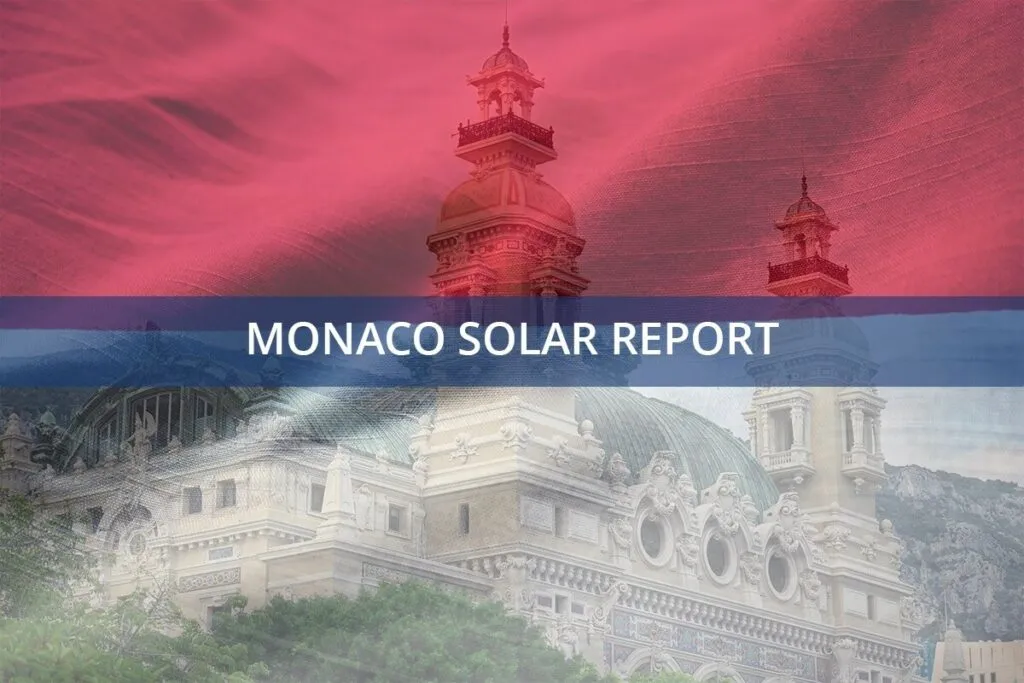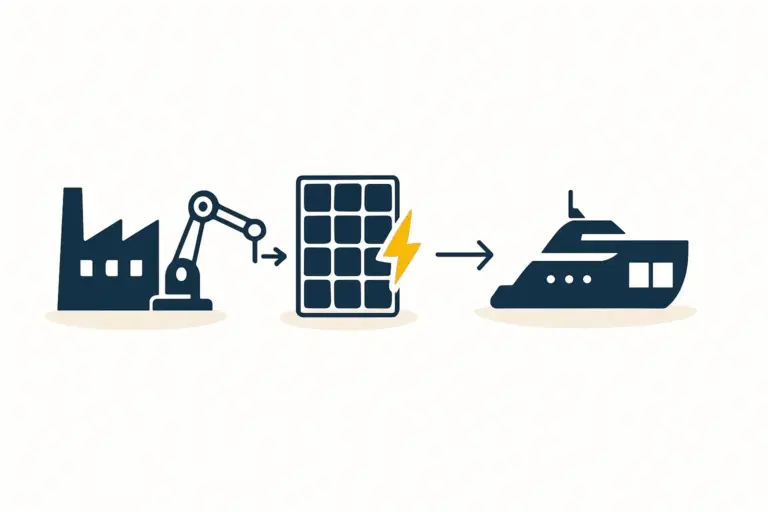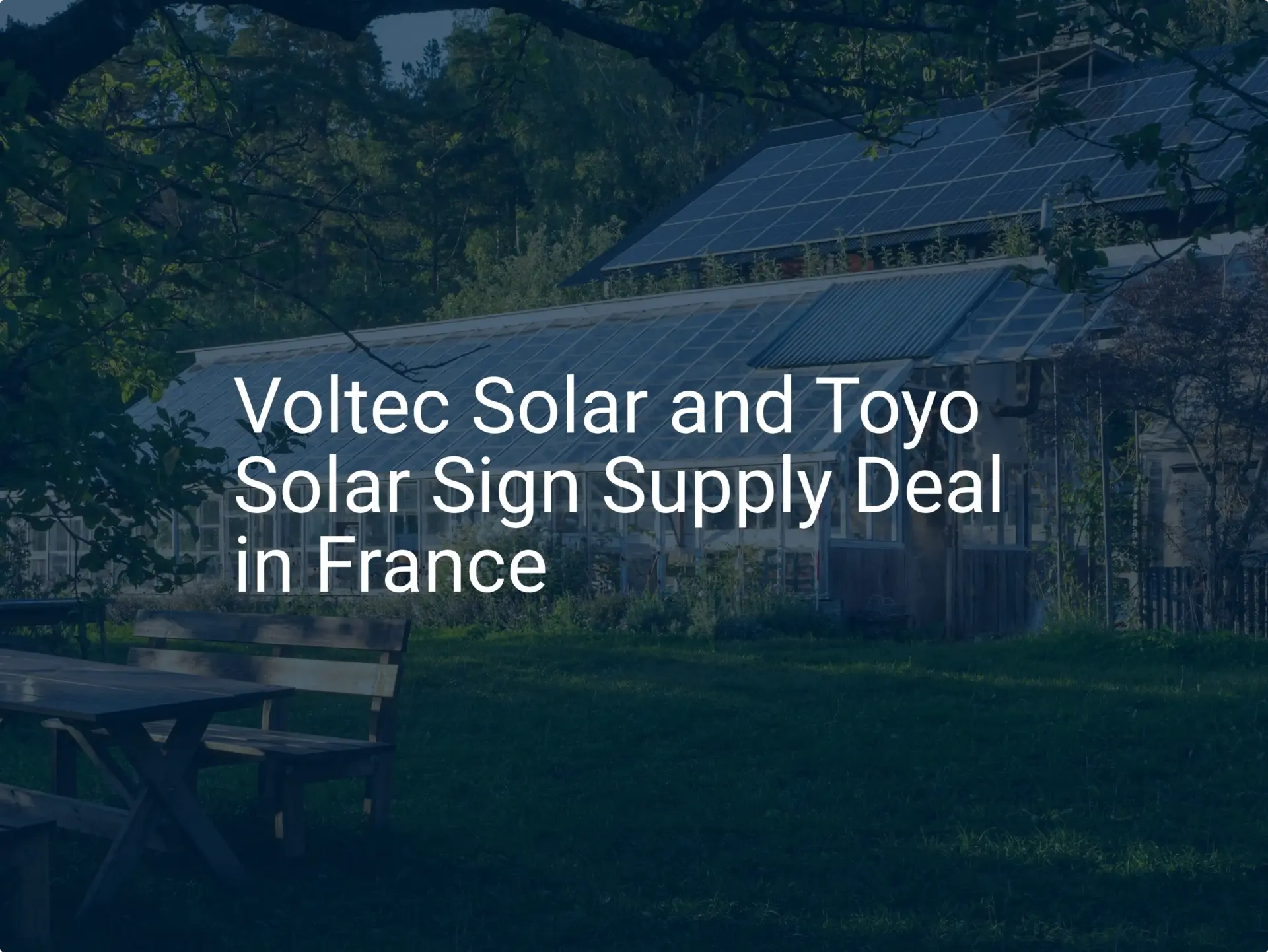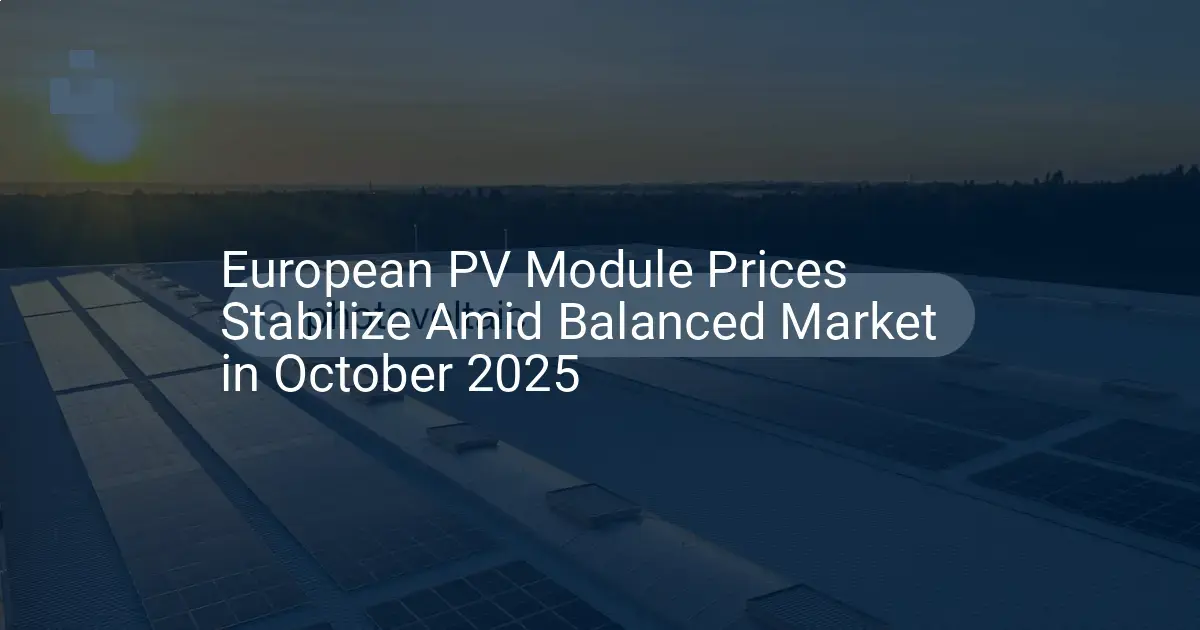The conversation around solar energy often revolves around massive solar farms and standardized rooftop installations. Yet, in some of the world’s most exclusive locations, a different demand is emerging—one where aesthetics, integration, and bespoke design are paramount.
Consider Monaco: a sovereign city-state where land is the ultimate luxury and architectural beauty is non-negotiable. Here, traditional solar panels are often an unsuitable option, creating a unique and high-value market for a different kind of solar technology.
This article explores the manufacturing opportunity presented by Building-Integrated Photovoltaics (BIPV), using the specific demands of a market like Monaco as a case study. It’s written for entrepreneurs and business leaders considering entry into solar manufacturing who see potential in specialized, high-margin niches over high-volume commodity production.
What is Building-Integrated Photovoltaics (BIPV)?
First, it’s important to understand what BIPV is and how it differs from conventional solar installations.
Most people are familiar with Building-Applied Photovoltaics (BAPV), where standard solar modules are retrofitted onto an existing structure, such as a roof or facade. The panels are an addition to the building.
BIPV, by contrast, is a construction material that also generates electricity. The solar cells are integrated directly into the building envelope. This means a BIPV element serves a dual purpose: it acts as a structural component (like a roof tile, window, or facade cladding) and as a power generator.
- BIPV Facades: The entire glass curtain wall of a skyscraper can be made of semi-transparent solar cells.
- BIPV Roofing: Solar shingles or tiles can replace traditional roofing materials, blending seamlessly with the roofline.
- BIPV Glazing: Skylights and windows can incorporate transparent photovoltaic technology to generate power without fully obstructing the view.
With BIPV, the building itself becomes the solar array. This distinction is critical in markets where space and design are the primary constraints.
Why Monaco Represents a Prime Market for Custom BIPV
The business case for manufacturing BIPV begins with analyzing the unique conditions of its target markets. Monaco is a perfect example of the factors that drive demand for these specialized products.
Extreme Land Scarcity and Urban Density
With an area of just over two square kilometers, Monaco has virtually no open land for ground-mounted solar farms. Every square meter of surface area is meticulously planned and highly valuable. This means the only viable surfaces for solar energy generation are the buildings themselves. BIPV allows for the monetization of vertical and horizontal surfaces without consuming additional space.
Uncompromising Architectural and Aesthetic Standards
In a landscape dominated by luxury real estate, superyachts, and historic structures, visual appeal is paramount. Standard blue or black solar panels are often seen as aesthetically disruptive. BIPV solves this challenge by enabling solar modules to be produced in various colors, textures, and levels of transparency, allowing architects to integrate renewable energy without compromising their design vision.
High Capital and Strong Environmental Commitments
Monaco has the financial resources to invest in premium building technologies and has set ambitious goals for carbon neutrality. This combination of available capital and political will creates a favorable environment for high-end, sustainable solutions like BIPV, where the higher initial cost is justified by long-term environmental benefits and aesthetic integration.
The Maritime Factor: Luxury Yachts
The demand extends beyond buildings. The superyacht industry, centered in harbors like Monaco’s Port Hercules, is another niche for integrated solar. Yacht owners seek silent, clean power sources for onboard systems. Custom-shaped, durable, and salt-resistant BIPV modules can be integrated directly into the deck or superstructure of a yacht, providing a functional and prestigious energy solution.

The Manufacturing Challenge: Moving Beyond Standard Modules
For a potential manufacturer, the BIPV market requires a fundamental shift in mindset away from the economies of scale that govern traditional solar production. Success in this niche is built on flexibility, customization, and precision.
Customization is the Core Product
Unlike a standard facility that might produce millions of identical modules, a BIPV factory is more akin to a custom fabrication workshop. The requirements are dictated by the architect, not the production engineer. This involves manufacturing modules in:
- Custom Shapes and Sizes: Triangles, trapezoids, and curves to fit unique architectural features.
- Variable Colors and Patterns: Using colored encapsulants, backsheets, or specially coated glass to match building materials like terracotta, stone, or metal.
- Controlled Transparency: Adjusting the spacing between solar cells to create semi-transparent glass for windows and atriums.
This makes a flexible solar module manufacturing line essential—one that can handle diverse product specifications without extensive downtime for re-tooling.
Material and Production Adjustments
The solar panel manufacturing process for BIPV involves specialized materials and techniques. For instance, laminating a large, irregularly shaped, multi-layered glass panel requires different equipment and quality control processes than a standard 1.7m x 1.1m module. The choice of encapsulants (like PVB instead of EVA for glass-glass architectural products) and specialized glass also impacts the supply chain and production flow. Experience from turnkey projects shows these material choices are critical for ensuring long-term durability and safety.
Dual Certification Requirements
A BIPV product is not just an electronic device; it is a building material. This means it must meet two sets of stringent standards:
- Photovoltaic Standards (e.g., IEC 61215, IEC 61730): Certifying its electrical performance, safety, and durability as a solar module.
- Building Code Standards: Certifying its properties as a construction material, such as fire resistance, mechanical load-bearing capacity, and weatherproofing.
Navigating this dual-certification landscape adds a layer of complexity to the business plan and requires deep technical expertise.
Strategic Considerations for Entering the BIPV Market
Entrepreneurs evaluating this opportunity should focus on a few key strategic areas.
Production Line Flexibility over Speed
The goal is not maximum throughput in megawatts but the ability to deliver high-value, bespoke projects profitably. This may mean investing in a semi-automated or manual assembly line that allows for greater control and customization. The setup of a turnkey solar factory for BIPV would prioritize adaptability and precision tooling over raw speed.
Business Model: Partnerships with Architects and Developers
The sales channel for BIPV is not distributors or installers but architects, building developers, and facade engineers. This means the business model must be built around project-based partnerships, requiring a sales team with architectural and engineering knowledge.
Assessing the Investment
The initial investment for a solar plant focused on BIPV may be comparable to a small standard facility, but the financial model is different. Revenue is measured not in cents-per-watt but in dollars-per-square-meter. While the production volume in megawatts will be low, the profit margins per unit can be significantly higher, reflecting the custom engineering and high-value materials involved.

Frequently Asked Questions (FAQ) about BIPV Manufacturing
-
Is BIPV less efficient than standard solar panels?
In many cases, yes. Custom colors, patterns, or increased transparency can reduce the amount of light reaching the solar cells, which lowers their efficiency. However, in the target market, this trade-off is acceptable because the primary goals are aesthetic integration and utilizing available surfaces, not maximizing energy yield per square meter. -
Can a standard module factory be adapted to produce BIPV?
With significant modifications, it is possible. Key areas for adaptation include the lamination process, material handling for non-standard sizes, and the testing equipment. However, a factory designed for BIPV from the outset will be far more efficient at handling custom orders. -
What is the typical market size for a BIPV niche?
The market is best measured by project value rather than installed capacity. A single skyscraper facade project in a city like Monaco or Dubai could represent millions of dollars in revenue for the BIPV manufacturer, equivalent to many megawatts of standard modules. The global BIPV market is projected to grow significantly as more cities prioritize sustainable and aesthetically integrated architecture. -
What are the main risks?
The primary risks are the long sales cycles associated with construction projects, the technical challenges of custom manufacturing, and the need to build a strong reputation among the architectural community.
Conclusion: A Niche Built on Value, Not Volume
Manufacturing BIPV for high-end architectural markets is not a venture for those seeking to compete in the commodity solar panel business. It is a specialized field that rewards precision engineering, design sensibility, and a deep understanding of the construction industry’s needs.
For entrepreneurs in emerging or established markets, developing the capability to produce these bespoke solar solutions can open doors to prestigious international projects. By focusing on a niche where value is defined by seamless integration and aesthetic excellence, a manufacturer can build a defensible and highly profitable business. Understanding the unique demands of markets like Monaco provides a clear blueprint for the capabilities and strategic focus required to succeed.







